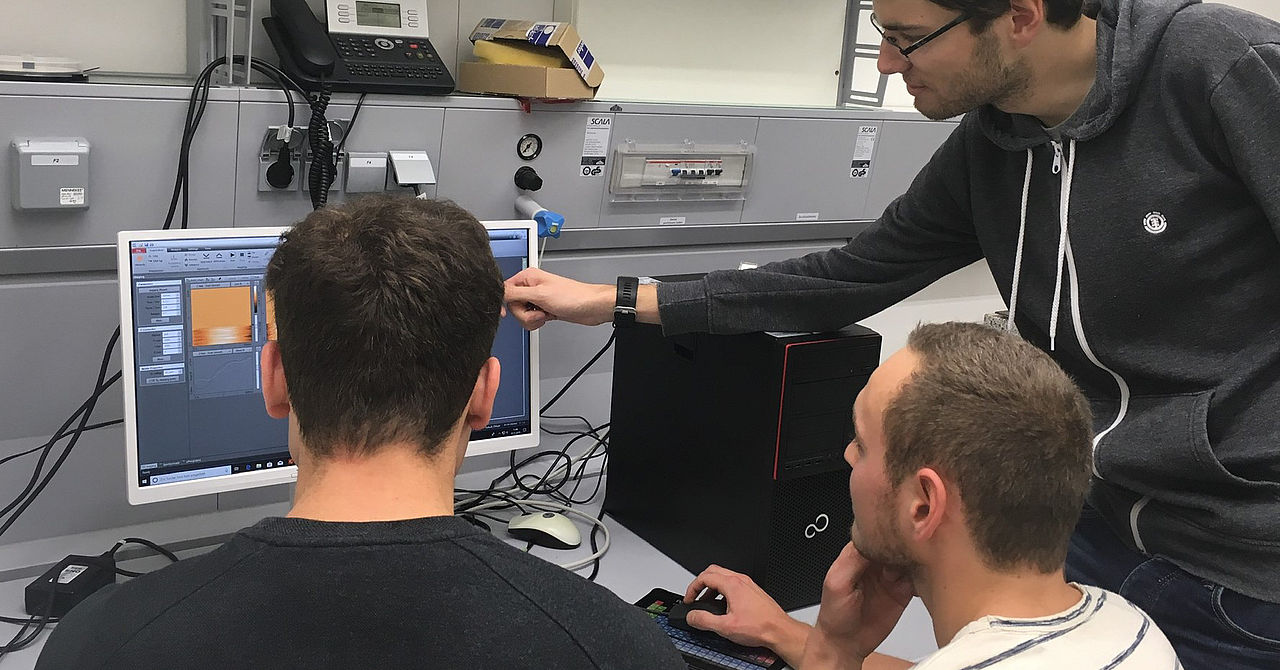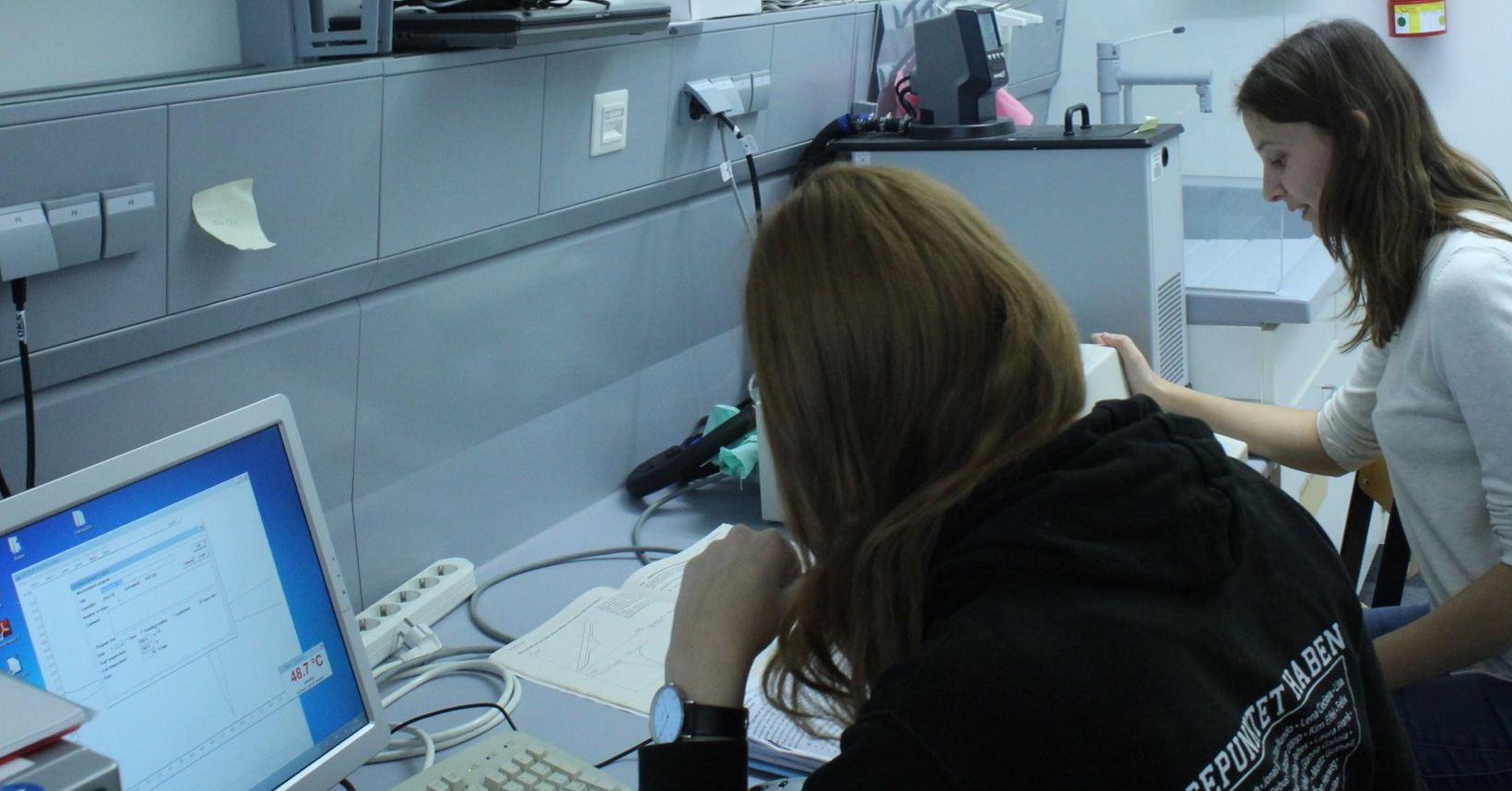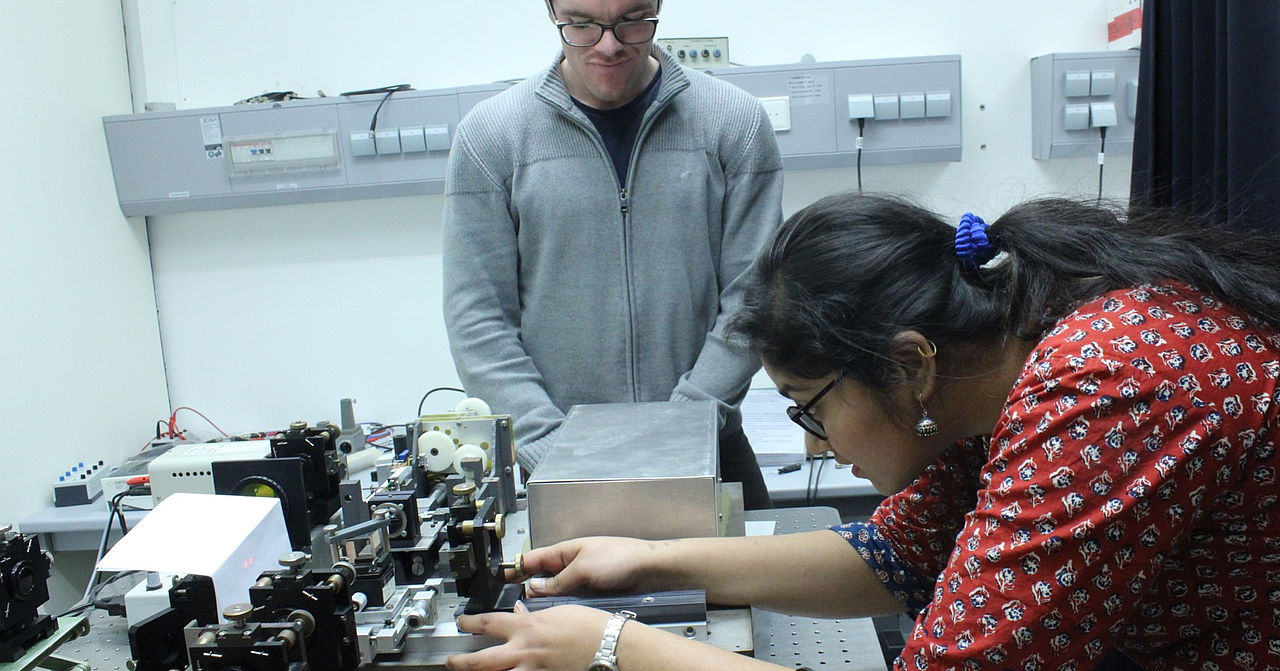1. Abstract
An abstract is a very short summary of the experiment performed and of your main results.
2. Introduction
Here, briefly explain the general principles of the experiment, describe the tasks of your work and emphasize your main findings.
3. Materials and Methods
The experimental procedure should be written as precisely as possible: describe the essentials but mention the drawbacks and how they were overcome.
4. Results and Discussion
The analysis and interpretation of the data are the most important parts of your report. Include also a comparison between the experimental and theoretical results. All diagrams, graphs, figures, or tables should be labelled and give them numbers.
5. Conclusions
The goals of the conclusion section are to give a brief summary of the main results, discuss the implications of the comparison between experiment, point out successes and failures, and highlight what you have achieved and how the experiment could be improved.
6. References
References should be listed in the order in which they appear and referred to by placing the reference number in brackets at the appropriate point in the text. If websites were used during the writing of the lab report, include the site name, the full path to the site, and the date accessed.



